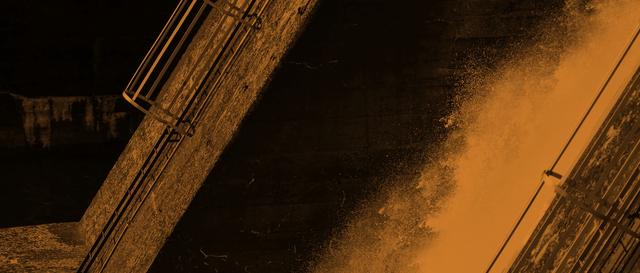The Current Situation
The United States Department of Energy's Hanford Site is about 600 square miles in southern Washington, abutting the Columbia River. The area was used as part of the Manhattan Project during World War II to develop nuclear weapons.
The site operated at full capacity until the 1960s, with the last reactor shutting down in the 1980s. Concerns about the potential for contamination of the Columbia River and surrounding land have been the focus of work on site for the past few decades. Most of the site is now in a cleanup phase as part of the federal Comprehensive Environmental Response, Compensation, and Liabilities Act (CERCLA) program, which is also known as Superfund, though a few facilities and laboratories continue to operate at the site in support of the ongoing cleanup mission.
Workflow and Resource Use Issues
With serious threats to public health already managed, the project is focused on judicious use of taxpayer dollars that fund cleanup efforts for the remaining contamination concerns.
Sapere has extensive experience helping federal owners of contaminated land navigate federal facility agreements with state and federal environmental regulators. In these circumstances, progress depends on the three parties effectively navigating the CERCLA process to generate and execute agreeable cleanup plans. At Hanford, our efforts were focused on efficiency through the cleanup decision-making process.
Making the Process More Efficient and Effective
"Sapere helped organize and prioritize cleanup efforts at the Hanford Superfund Site."
Sapere surveyed stakeholders, determining that while the tri-party agreements guiding physical work had reasonable deadlines, the review and revision process of the documents guiding that work dragged down the efficiency of the process.
Federally-owned facilities follow the CERCLA process, which includes specific documentation expectations. Sapere helped DOE and their contractor to reconsider how they comply with process requirements, finding opportunities for early collaboration with regulators to reduce the time required for approvals and revisions to documents later on. In the optimized process, common questions and issues are considered ahead of time and feedback loops are avoided.
Finding More Opportunities to Streamline Workflows
As part of the effort to relocate the bulk of the planning effort from the comment and revision period into the planning and document drafting process, Sapere advocated a deep analysis of existing historical documents on the sites of interest. Analyzing and using data already collected not only reduces the time needed to create documentation, it eliminates the possibility of spending money to collect duplicate data.

Have an interesting project? We love a good challenge.
Our project teams are integrated across practices to make sure we have the right skills, knowledge, and understanding applied to the problem.
